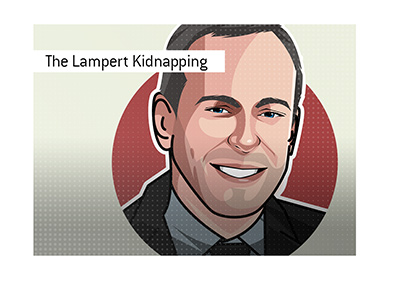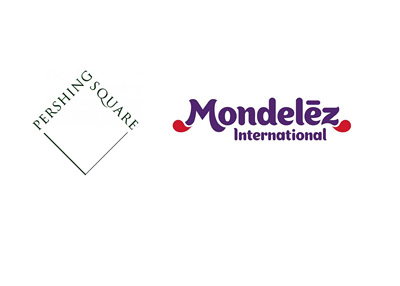Paulson Credit Opportunities Fund - How the Fund Had Such an Explosive Year in 2007
 In 2007, according to Bloomberg, the Paulson Credit Opportunities Fund returned almost 600%, finishing up the year with a staggering gain of 589.9%. The Paulson Credit Opportunities Fund II, a slightly newer fund, also had an amazing year, finishing up over 350%.
In 2007, according to Bloomberg, the Paulson Credit Opportunities Fund returned almost 600%, finishing up the year with a staggering gain of 589.9%. The Paulson Credit Opportunities Fund II, a slightly newer fund, also had an amazing year, finishing up over 350%.These funds generated billions of dollars in returns (overall, Paulson's funds were up $15 billion in 2007 according to the WSJ) and billions of dollars in profits for John Paulson himself. As far as I am aware, Paulson's bet against subprime mortgages was the single most successful hedge fund trade in history in terms of total dollars generated, and his funds had some of the best years ever for any hedge fund. The question is, how did he do it?
Like with many successful mega-trades, Paulson played contrarian and zigged while others were zagging. Paulson made an aggressive bet against subprime mortgages in the United States by betting against the ABX, an index that "is a series of credit-default swaps based on 20 bonds that consist of subprime mortgages." With many investors and brokerages wearing rose-colored glasses in respect to their outlook of the American housing and credit markets, Paulson bet heavily that the market for subprime mortgages would crash. And crash it did. Through his shorts against the ABX subprime index and purchases of credit-default swaps that were priced too low, Paulson's funds profited, and profited handsomely. So not only did you have the ABX index plummeting, but you also had investors panicking and purchasing the credit-default swaps for insurance that Paulson had purchased on the cheap before the panic started. According to Wikipedia, credit-default swaps are:
"Credit default swaps resemble an insurance policy, as they can be used by debt owners to hedge against credit events. However, because there is no requirement to actually hold any asset or suffer a loss, credit default swaps can be used to speculate on changes in credit spread."
So as the subprime mortgage market began to tumble, Wall Street firms began to buy debt protection in the form of these credit default swaps, which was to Paulson's benefit as he already held them at rock-bottom prices. Collateralized debt obligations went south, the subprime mortgage market went south, and credit default swaps went north.
Paulson benefited not only from his shrewd foresight of the pending collapse of the subprime mortgage market, but he also benefited from not making his move too soon. The trading landscape had been littered with the corpses of traders and hedge fund managers who had tried to bet against the housing market (and subprime mortgage market) too soon, and Paulson seemed to time his move just right. As a matter of time, even Paulson was a bit early on the trade, but remained determined and increased his positions. Time would prove that this was a wise move, and the market eventually started to turn in his favor.
According to the WSJ, Paulson has taken some of his profits off of the table, but not all. He forecasts a continued bear market for the US housing market, but also points out that the time will eventually come to switch sides.
In terms of his funds, the outlandish gains in 2007 predictably mean a massive inflow of new capital. At the beginning of 2007, Paulson's funds managed a total of $7 billion dollars; as of now, that number is up to $28 billion dollars. The question is: can Paulson have a big year again in 2008?
Sources: WSJ
Bloomberg
Filed under: Hedge Fund News | General Market News



